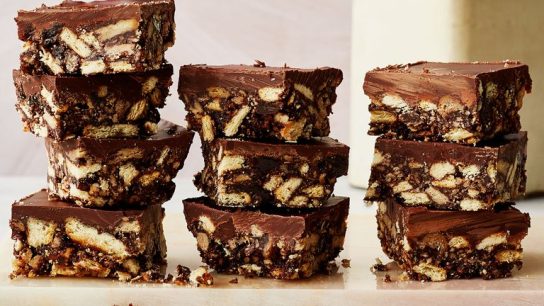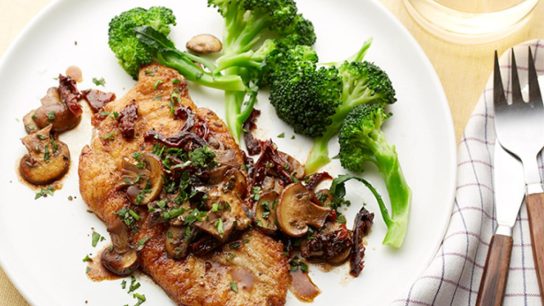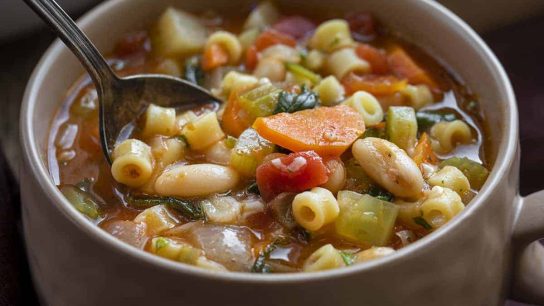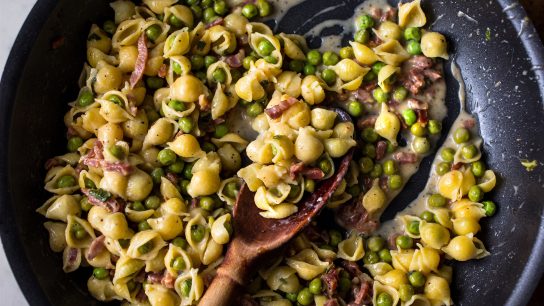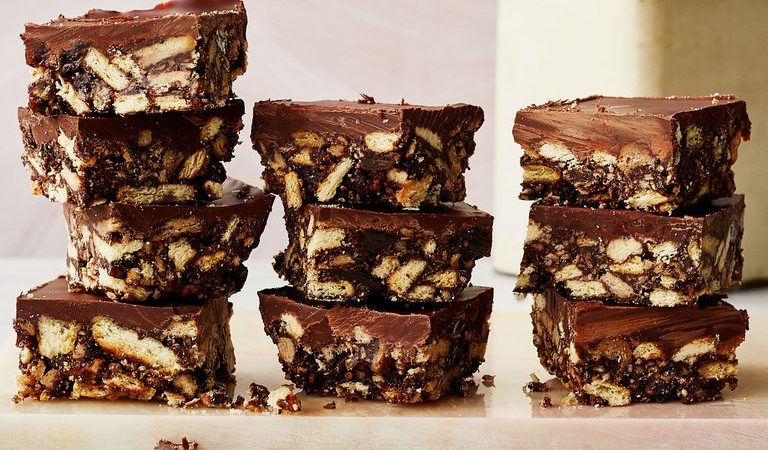What contraindications are there for undercooked or overcooked pasta?
In general, there are no contraindications relating to how to cook pasta and in particular relating to cooking (overcooked or undercooked pasta.
A separate discussion applies to the degree of digestibility. Cooking pasta al dente does not cook the starch to the heart so that part is more difficult for digestive enzymes to attack and digestion is consequently slower. However, this aspect has an advantage. The more prolonged digestion of starch makes the release of glucose, the basic product in the starch molecule, more gradual, and therefore its absorption is also more divided over time. The result is a gradual arrival of glucose in the blood which does not cause the insulin spike, which is typical of simple sugars, with great benefits for health.

However, there is another aspect: the phrase that we have all often heard “digestion begins in the mouth” actually has some truth. In the mouth, a digestive enzyme is released through saliva: ptyalin, an amylase, i.e. an enzyme capable of digesting starch. When we eat very cooked pasta we don’t need to chew it as much, so the time spent in the mouth is short and does not allow the ptyalin to do its job. In this case, all the work will have to be done at the intestine level.
When we eat “al dente” pasta we have to chew it longer and the ptyalin will thus have time to facilitate the task of the amylases present in the intestine. However, it is good to remember that what makes pasta more difficult to digest is its seasoning. Fats, such as oil and butter, can increase digestion times significantly.
Is it true that you lose calories after cooking? how do cook pasta?
During the process of boiling pasta, there is a small loss of nutrients that provide calories (carbohydrates, proteins, and fats) and consequently, there is also a loss of calories. The loss is minimal and if we want to be precise it is more caused by fats and carbohydrates than proteins. However, we are talking about a loss of 2-3% of the nutrients that dissolve in the cooking water, with a minimal variation in calories. Therefore, the situation does not change much between cooking pasta al dente and cooking it well-cooked, because the total loss is so small that the difference in nutrient loss between the two durations is minimal.
In general, the calories in a plate of pasta correspond to those of a 100-gram bar of chocolate or those provided by a cola-type can plus two glasses of white wine (therefore the same calories but few nutrients!). Starch, on the other hand, (which constitutes the highest percentage of carbohydrates in pasta) is an optimal energy source and is highly digestible. Foods such as pasta, which have a low glycemic index, also reduce the glycemic load and can play a key role in preventing obesity and chronic diseases (diabetes, coronary heart disease, and some types of cancer).
How to cook pasta? Tips, methods, and cooking times
How to cook dried pasta
The first step consists of obtaining a sufficiently large pan, filling it with water, covering it with the lid, and heating it on the stove. Once boiling is reached, lower the heat and add salt; you then wait for the water to come back to a boil and immerse the dry pasta in it (all at the same time, to avoid discrepancies in the final consistency) and, stir it often, continue cooking over a high flame, according to the times indicated on the package. To drain it, the ideal would be to use a slotted spoon, so that a small part of the cooking water joins the sauce, making it more homogeneous and perfectly blended with the pasta.
How to cook fresh pasta
Fresh pasta, softer and more porous, requires very short cooking times. The times vary from 2 to 6 minutes, depending on the format. Typically, it’s ready when it floats back to the surface. Egg pasta tends to cook more quickly and absorb a lot of sauce: to prevent it from sticking, it is best to make sure that the sauce is always sufficiently moist.
How to cook gluten-free pasta
Gluten-free pasta has now reached a high level of quality and palatability. However, the absence of gluten can compromise the elasticity and cohesion of the pasta: to prevent it from falling apart, simply cook it in a larger quantity of water, mix it little and delicately, and drain it a couple of minutes early, especially if the recipe requires sautéing it in the pan afterward.
The 5 secrets for perfect pasta cooking
- Choose the right pan: for short pasta, a low, wide pan is ideal. For longer formats, it is better to prefer a cylindrical saucepan with high edges;
- Provide the right amount of water: the ratio between water and pasta should be 10:1, i.e. 1 liter of water for every 100 g of pasta. It is advisable to fill the pan to a maximum of 2/3 of its capacity, to prevent the water from spilling out during cooking;
- Salt appropriately: the salt must also be dosed carefully. The recommended proportion is 7-10 g of salt for every 100 g of pasta. However, it is important to take into account that the longer the cooking times, the lower the quantity of salt to be used;
- Preserve the integrity of the pasta: to prevent the breakage of the most delicate pasta shapes (for example paccheri, ziti, and conchiglie), an excellent trick is to turn off the heat 2 minutes before the indicated time, cover with the lid, and complete the cooking. cooking in boiling water;
- Match the right shape to the sauce: the pasta should be chosen based on the sauce you plan to accompany it with. The long one, such as spaghetti, linguine, and vermicelli, goes well with liquid and creamy condiments, while the short and more structured one (rigatoni, tortellini, pipe) is ideal for more full-bodied sauces, such as meat ragù. Farfalle, fusilli, and cellentani are perfect with fresh and light condiments, such as those of pasta salads.
